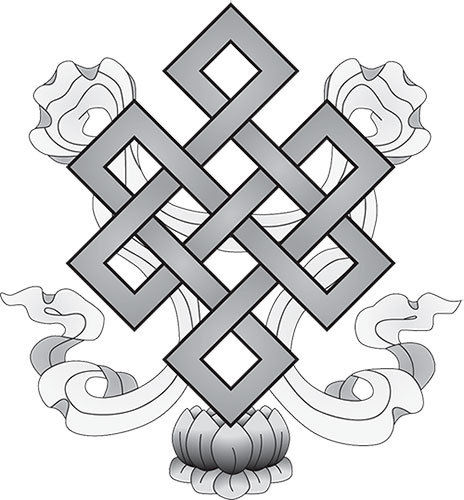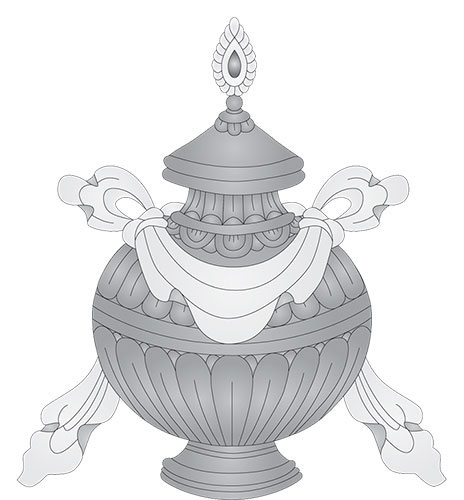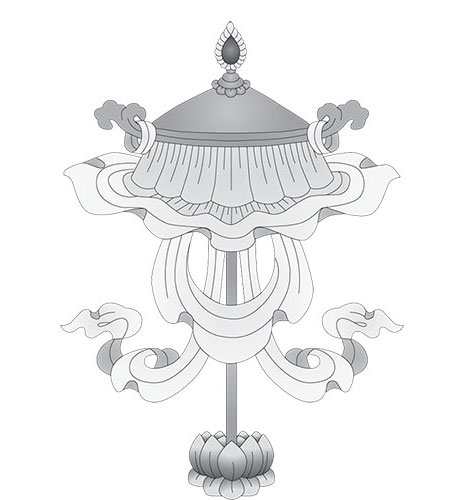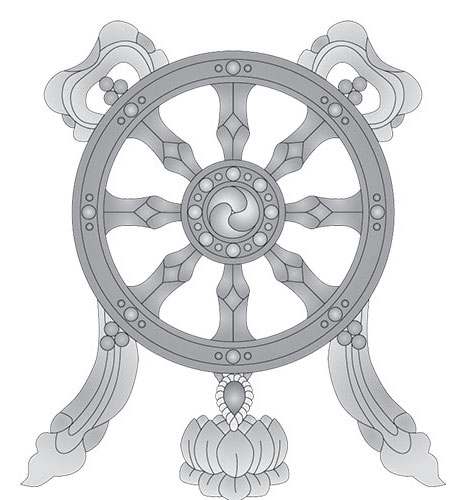 Learn to Read, Write, & Translate Classical Tibetan
Learn to Read, Write, & Translate Classical Tibetan
Just as hundreds of our TLI students have discovered, you too, can learn classical Tibetan. Learn to read and translate Dharma texts and prayers. Studying Tibetan with Lama David Curtis is fun, efficient, and easy. We bring our experience of the 3-year retreat, decades of language teaching experience, plus a well-organized study system to our students. TLI can help you experience the joy of learning to read your prayers and texts in Tibetan.
Lama David Curtis founded the Tibetan Language Institute in 1996. Since then he has taught Tibetan language and Buddhism courses full-time, specializing in the development of dharma-centered learning materials and instruction for Western students. He is motivated by a desire to help others participate in the dharma in more meaningful ways—in puja, in private meditation practice, in meditational retreats, as Tibetan interpreters.
As president and executive director of TLI and Big Sky Mind, David strives to fulfill the TLI mission of helping to preserve the Tibetan language and culture through the teaching of the Tibetan language and instruction in meditation.
Why Study Classical Tibetan?
- To enhance your Buddhist practice and studies
- To participate more meaningfully in practice at your center
- To lay a firm foundation for becoming a translator or interpreter of Tibetan
- To prepare for extended retreats that rely on Tibetan texts
- To participate in the preservation of the precious but endangered heritage of Tibet’s spiritual traditions
Frequently Asked Questions
Thank you for the amazing teaching of the Tibetan language classes that I have thus far taken. I feel very fortunate to have found David Curtis as a teacher. His past experience in classical languages made my understanding of a second language so much easier. He never made me feel badly about asking a question, no matter how elementary that question might seem. I feel that I can learn in a setting where I don’t have to apologize for being an average student. David’s humility and gentle style is also appreciated, and I thrive best in such circumstances. … I do appreciate when David brings in bits of Dharma through book recommendations and explaining about past Tibetan masters.
Please let me know WHEN, WHERE David is teaching in Boston! How wonderful. I will be up visiting from Chagdud Gonpa Khadro Ling in Southern Brazil…perhaps I can go! Even way down near the South Pole, people say that peals of laughter can be heard in his classes. He has quite a reputation here. Thank you for all your dedication!
For decades, my main activities were music and business. I came late to the dharma and felt like an outsider, a beginner who could not get a toehold. But when I studied Tibetan privately with David Curtis, my spiritual practice deepened and enlivened. I can chant now with ease and comprehension. I can grasp Buddhist concepts that lack English equivalents. I can greet my teachers in their native language. If you don’t have time for a lot, a little Tibetan goes a long way. David is a masterful teacher, a good friend, and a steady dharma guide. For the last seven years I have been glad to contribute to The Tibetan Language Institute: it provides a unique opportunity for Western practitioners.
DONATE TO TLI
Help Bring the Profound and Beautiful Tibetan Language to Modern Dharma Students All Over the World
We are committed to supporting practitioners from all Tibetan spiritual lineages by empowering students to read and translate the transcendent language of Classical Tibetan.
TLI is a 501( c)(3) educational nonprofit organization. We often operate with very limited funds. Please help us continue this work.




